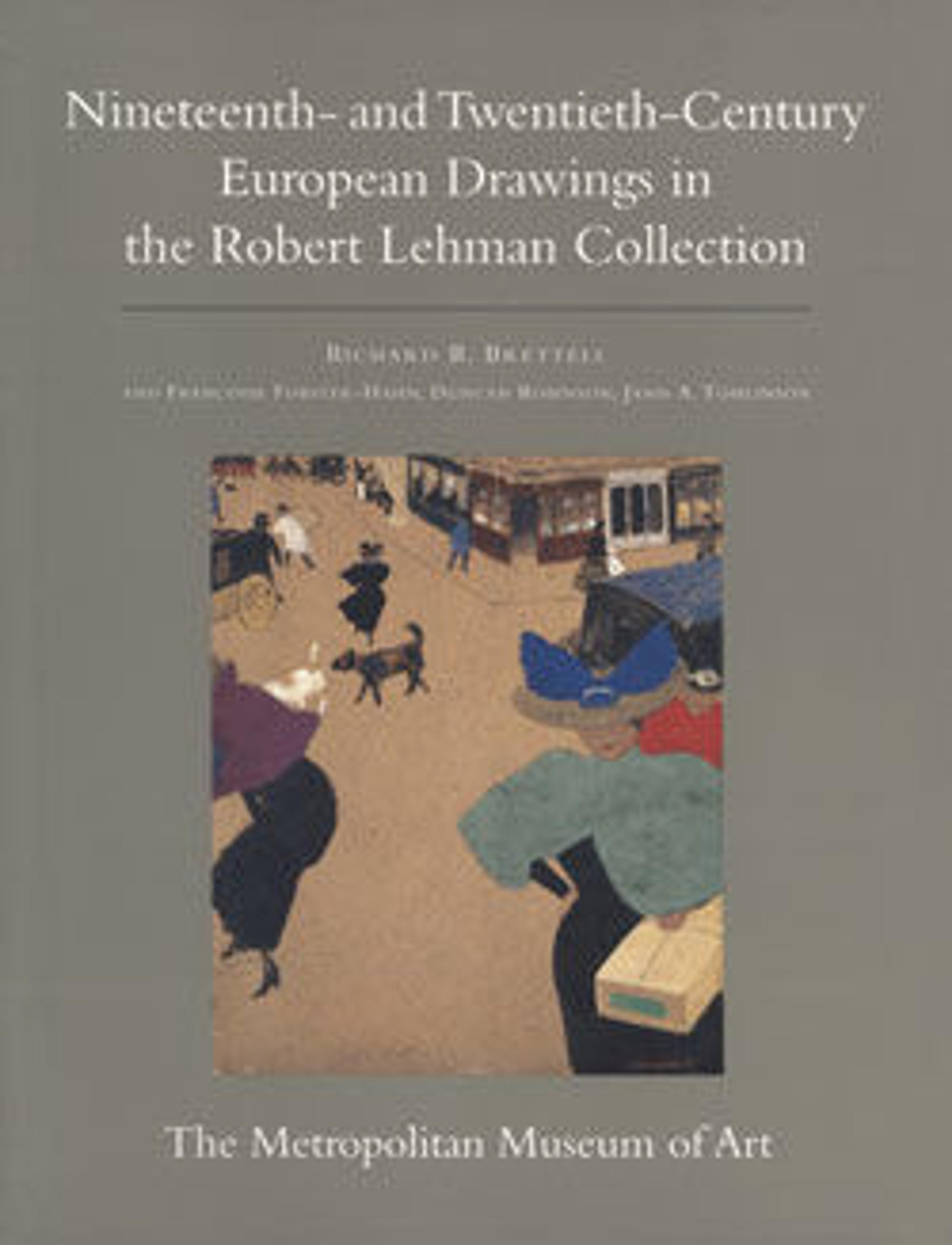At the Circus: The Spanish Walk (Au Cirque: Le Pas espagnol)
The grand master of urban entertainments, Henri de Toulouse-Lautrec made many paintings and drawings on the circus theme in the late 1880s and 1890s, just as his popularity as a commercial artist soared. Fin-de-siècle Paris hosted an assortment of professional circuses, and Lautrec frequented them all. He was personally drawn to circus performers-those colorful equestrians, animal trainers, clowns and acrobats on society's "fringes." It was while undergoing treatment for alcoholism at a sanitarium on the outskirts of Paris in 1899 that Lautrec produced an ambitious group of crayon/chalk drawings of circus figures. These imaginative sketches were drawn entirely from memory, without recourse to preliminary studies. The Lehman horse and rider perform the "pas espagnol", the ambling gait formalized by the Spanish Riding School of Vienna. It was thanks to these circus drawings that Lautrec earned his release from the sanitarium-their impressive handling convinced doctors of his improving health. As Lautrec left the clinic, he is said to have remarked, "I've bought my release with my drawings."
Artwork Details
- Title:At the Circus: The Spanish Walk (Au Cirque: Le Pas espagnol)
- Artist:Henri de Toulouse-Lautrec (French, Albi 1864–1901 Saint-André-du-Bois)
- Date:1899
- Medium:Graphite, black and colored pastel, and charcoal on off-white heavy wove paper
- Dimensions:13 3/4 x 9 13/16 in. (35 x 25 cm)
- Classification:Drawings
- Credit Line:Robert Lehman Collection, 1975
- Object Number:1975.1.731
- Curatorial Department: The Robert Lehman Collection
More Artwork
Research Resources
The Met provides unparalleled resources for research and welcomes an international community of students and scholars. The Met's Open Access API is where creators and researchers can connect to the The Met collection. Open Access data and public domain images are available for unrestricted commercial and noncommercial use without permission or fee.
To request images under copyright and other restrictions, please use this Image Request form.
Feedback
We continue to research and examine historical and cultural context for objects in The Met collection. If you have comments or questions about this object record, please contact us using the form below. The Museum looks forward to receiving your comments.
